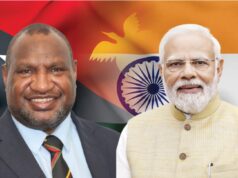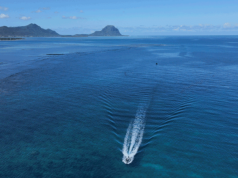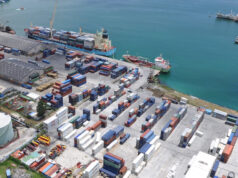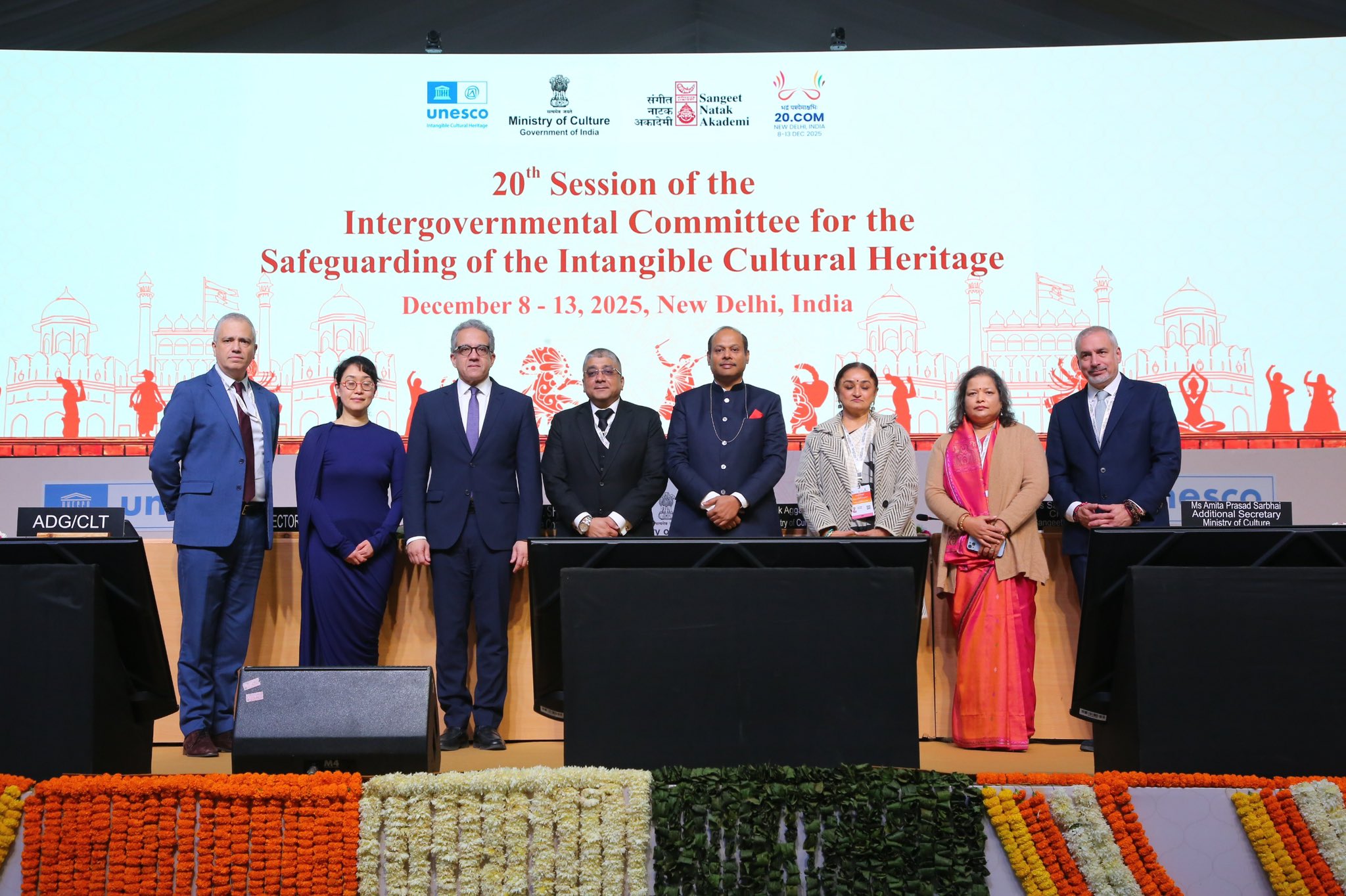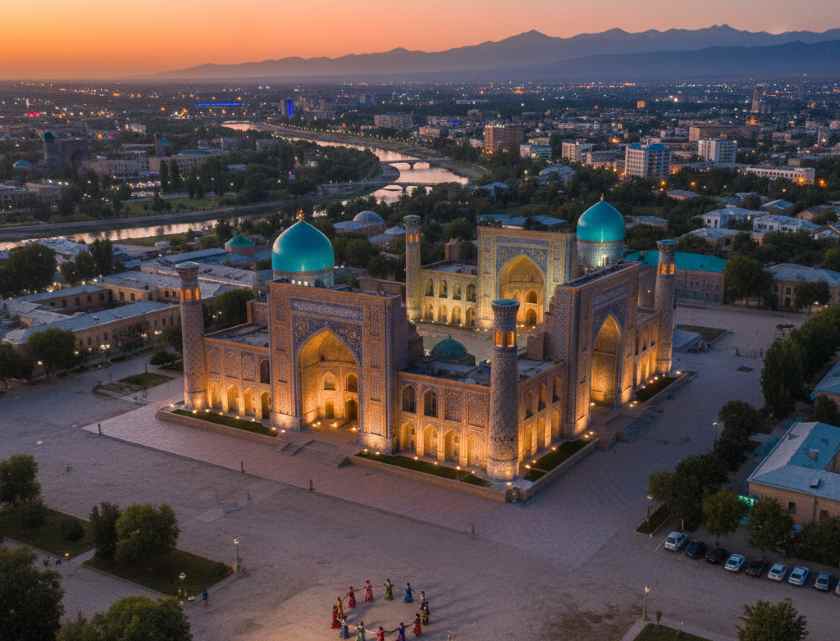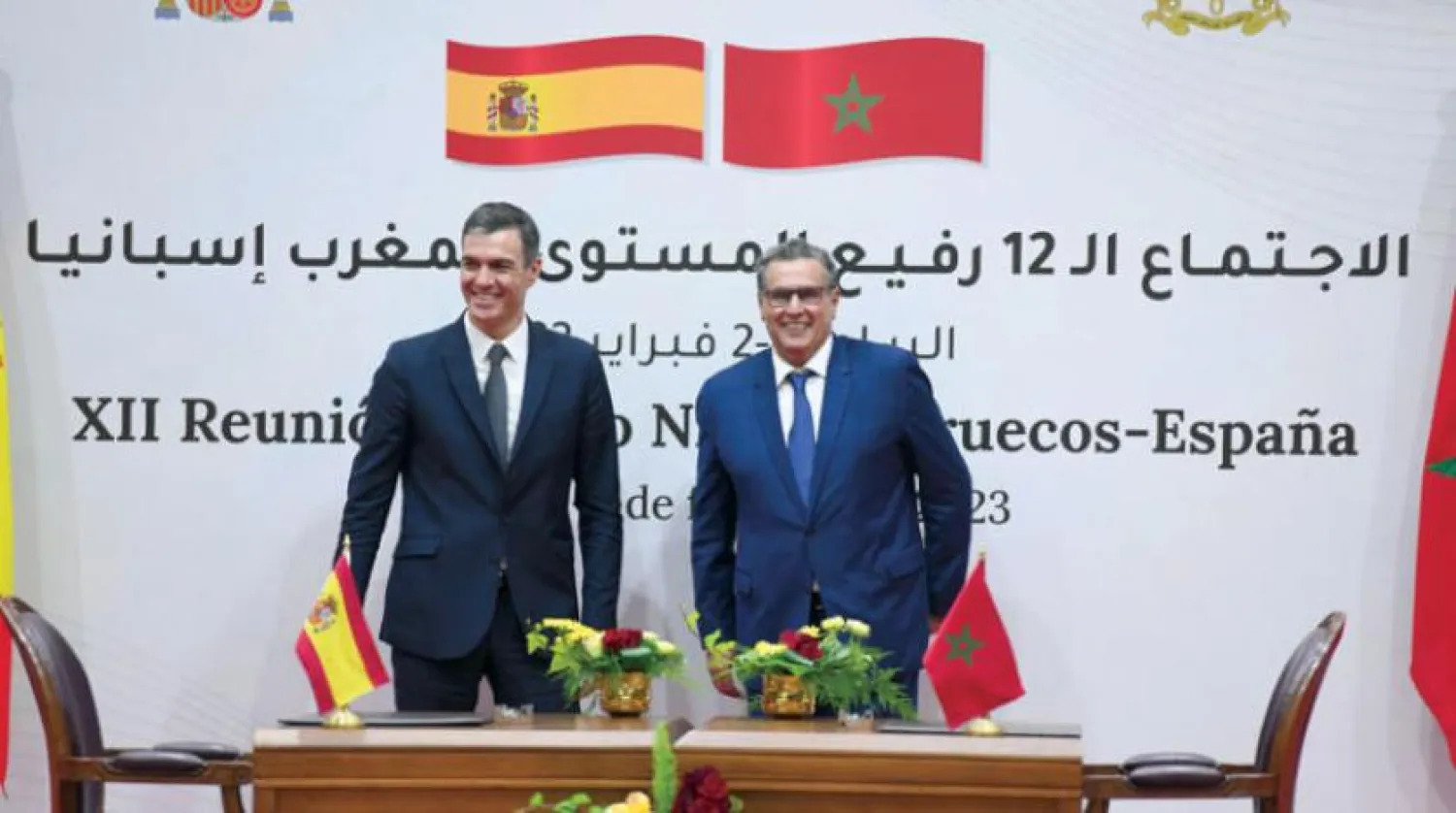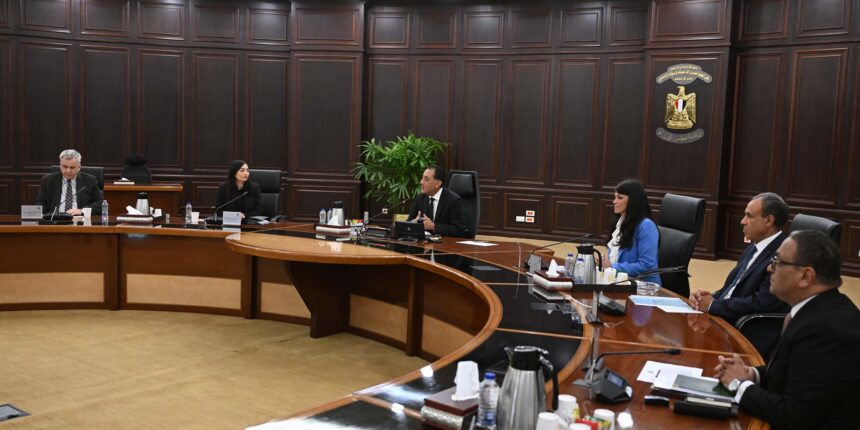The Seychelles archipelago between 4 and 10 degrees south of the Equator lies in the western Indian Ocean between Madagascar and India. The collective landmass of the 115 granite and coral islands is 455km2, and this is quite minuscule in comparison to the massive oceanic Exclusive Economic Zone (EEZ) of 1.3 million km2 that surrounds them. The island has a small population of around 98,963. The Seychellois are a mixture of African, European, and Asian descendents. The country’s history is very interesting as it narrates the transformation from colonisation and slavery to a proud sovereign nation. What is remarkable is that despite European influence and westernization, the Seychellois did not lose sight of their Creole-ness and the Creole mother tongue is an integral part of the everyday lives of the people. The United Nations recognizes Seychelles as a Small Island Developing States (SIDS). Being small in terms of size and population, the country relies on its geographical location and natural resources for its socio-economic development and sustainability.
Re-shaping the Archipelago
The geological formation of the Seychelles archipelago is traced to the intensive rifting that split the Gondwana (or Gondwanaland), an ancient Southern Hemisphere supercontinent during the Mesozoic times millions of years ago. ‘Gondwana’ is a term derived from the ancient Gonds Kingdom in the south of the Narmada River in central India. When Gondwana initially split, Madagascar, Seychelles and India were on the East block and with continued rifting, Madagascar separated from the Seychelles-India block and later the rift succession separated Seychelles from India. For centuries, Seychelles remained pristine and uninhabited, a peaceful sanctuary with a magnificent panoramic view often compared to paradise on Earth for holiday goers who want to escape the hustle and bustle of crowded cities.
The Europeans made regular voyages in the Indian Ocean between the 12th and 15th century but the first recorded discovery of the archipelago was in 1501 by a Portuguese explorer, João da Nova. The French occupied Ile de France (now Mauritius) in 1715 under the leadership of Bertrand-Francois Mahé de La Bourdonnais, the French Governor. In 1742, Lazare Picault, a French explorer, led an expedition to explore a quicker route from Mauritius to India. He named the largest island Ile d’Abondance and during his second voyage in 1744, the island was renamed Mahé. The group of islands, named Iles de Labourdonnais in honour of the French governor, thereafter, in 1756, was renamed Sechelles after Viscount Jean Moreau de Séchelles, who was responsible for France’s finances. The French influence in Seychelles is evident in the names of the islands, their districts and sub-districts and when the British colonialists arrived, they too played an important role in the shaping of the contemporary Seychelles. For instance, the name Sechelles was anglicised to Seychelles; and the capital of Seychelles changed from its previous French name L’Établissement to Victoria after the British Queen Victoria.
Seychelles Post-Independence
During the mid-1950s, the Seychellois started campaigning for their independence from the British and by the 1960s several political parties were formed. The two significant parties were formed in 1964, the Seychelles Democratic Party (SDP) and the Seychelles People’s United Party (SPUP). SDP, founded by James Richard Mancham supported integration with the British and France Albert René founded the SPUP as a socialist party that advocated for the country’s complete independence from colonialist rule. In June 1975, SDP and SPUP formed a coalition government to lead Seychelles to its full independence from Britain on 29th June 1976; a day observed annually as the “Independence Day” and declared a public holiday. In the coalition government, James Mancham became the founding president of the Republic of Seychelles and Albert René the Prime Minister.
Pillars of the Seychelles Economy
Seychelles is known for its luscious green mountains and white sandy beaches. It’s vast EEZ around 3,000 times its landmass, gives it a competitive advantage in the Indian Ocean region. Thus, the tourism and fisheries sectors are the two main pillars of its economy. Seychelles opened its borders to the rest of the world through its seaports and international airport (officially opened in March 1972 by Her Majesty Queen Elizabeth II), those two sectors have considerably created employment for Seychellois and foreigners who desire to work in Seychelles.
Seychelles is exceptionally rich in terms of terrestrial and marine biodiversity; and the government, with the support of the private sector and strong civil society organisations, plays a vital role in the conservation and protection of the environment. According to the World Bank, “Seychelles is one of the world’s most environmentally conscious nations, having officially protected more than half of its total land area from development and pledged to protect 30 per cent of its EEZ”. In addition to the country’s biodiversity, natural beauty and cultural diversity, the archipelago is a popular tropical tourist destination. In 2018, tourism contributed to an estimated 67% of the country’s Gross Domestic Product (GDP) and to the country’s workforce both directly and indirectly. Many visitors choose Seychelles as their holiday destination and according to the National Bureau of Statistics; visitors come to Seychelles either by air or sea and some of the reasons for their visit are for holiday, visiting friends, honeymoon, wedding, business, conference, workshop, business and sports.
Similarly, fishing-related activities contribute a lot to the country’s GDP and foreign exchange. The exportation of fishery products makes up 90% of all exports from Seychelles. Fishing is a recreation and commercial activity in Seychelles. Commercial fishing is predominantly from tunas caught by various local and international vessels. Seychelles has a large tuna cannery operated by the Indian Ocean Tuna Limited (IOT), a manufacturer and exporter of canned tuna with 60% invested by Thai Union Europe. The country’s tuna cannery is the second largest in the world and it creates employment opportunities for Seychellois and many foreign workers.
Amidst the COVID-19 pandemic in 2020, the IOT was characterised as an essential service provider and was instrumental in helping the government cope with the rise in unemployment by making around 100 vacancies available to those who were without employment.
Creole Culture and Traditions
Seychelles signed the World Heritage Convention and pledged to protect its natural and cultural heritage. After being considered for inclusion on UNESCO’s World Heritage List, Seychelles is home to two UNESCO World Heritage Sites; the Aldabra Atoll listed in 1982 and the Vallée de Mai Nature Reserve in 1983. The Aldabra Atoll is one of the largest atolls in the world, and it provides an ideal natural environment to study how the world has evolved over centuries. The atoll is located in a remote area with limited human interference, which is why it remains natural and pristine. Declared as a UNESCO World Heritage Site in 1982, the atoll is protected under the Seychelles legislation. Similarly, the Vallée de Mai nature reserve is located on Praslin, an island 48.8km from Mahé. Declared as a UNESCO World Heritage Site in 1983, Vallée de Mai is a vast area of palm forest that hosts the coco de mer palm tree which is considered the largest seed in the plant kingdom. Vallée de Mai is also home to several endemic palms and fauna species.
To date, the preservation of the Creole culture and traditions remains a top priority on the agenda of the government and civil society organisations. From the late eighteenth century, the infusion of European, Asian and African origins created a melting pot of cultures that remained relevant throughout globalisation, westernization and the technological transformation of the Seychelles society. For decades, Seychelles has been involved in cultural exchanges and mutual dialogues with neighbouring countries that share quite similar cultural and political interests. Many of these friendly exchanges have transformed into long-term partnerships that have strengthened the bonds between the SIDS in the region. Seychelles also uses its culture and traditions to create diplomatic ties with countries within the Indian Ocean region and beyond. Annual events such as the Creole Festival contribute to the promotion of the Seychellois’ traditional songs, dance, musical instruments, cuisine, games and folklore. It also contributes to the preservation of the Creole culture and traditions introduced by the African forefathers centuries ago. For instance, adapted versions of sega and moutya, rhythmic dances of African origin are popular traditional dances that, although some have been modernised, still echo around the islands. According to historians, the moutya tell stories of the hardship and reality of black slaves during the colonial period. The song and dance they introduced were of various expression styles, but most importantly they were a manifestation against the white masters. The Seychelles will always promote its culture and traditions; and protect its cultural heritage, which denotes the Creole way of life is founded on hope and survival.


